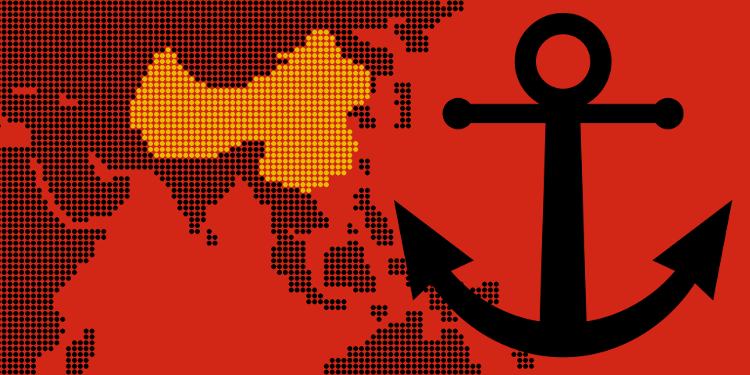There was always a stark difference between America’s southern wall and the Berlin Wall. America’s wall was built to keep people out—whether they were desperate to come in or hungry to invade. The Berlin Wall was meant to keep people in—people desperate to escape from the oppression, fragmentation, and poverty that flow from communism every time it’s tried.
China’s Great Wall is akin to America’s southern wall. It was a defense against invaders, meant to keep the Chinese people safe. But today, we see a different force in effect. Chinese patrols in the waters outside Hong Kong remind us of the Berlin Wall, meant to keep in people who desperately want to escape a regime they did not choose.
Before, it was said that America has a new Cold War with China. Now, we know for sure. China has implemented new policy that strives to contain a free-thinking people who fueled one of the most amazing economies China has ever destroyed, let alone claimed credit for.
Others are not standing by. Taiwan is arming up and bunkering down. America, all to glad to help, thumps its chest loudly and often. Australia and Japan promise to act independently, which, though seen as diplomatic distancing from the US, won’t make China happy to hear any form of the word “independent”.
Dissenting voices against countries that like the word “independent” say China is a benevolence, yet feel the need to add that China must be accepted—forgetting that anyone who needs persuasive words in order to be accepted is not evidently benevolent. So, which is it? Is China benevolent or do we need to be told to accept China because we would not otherwise? Both can’t be true, only one. And, the world is making up its mind which.

